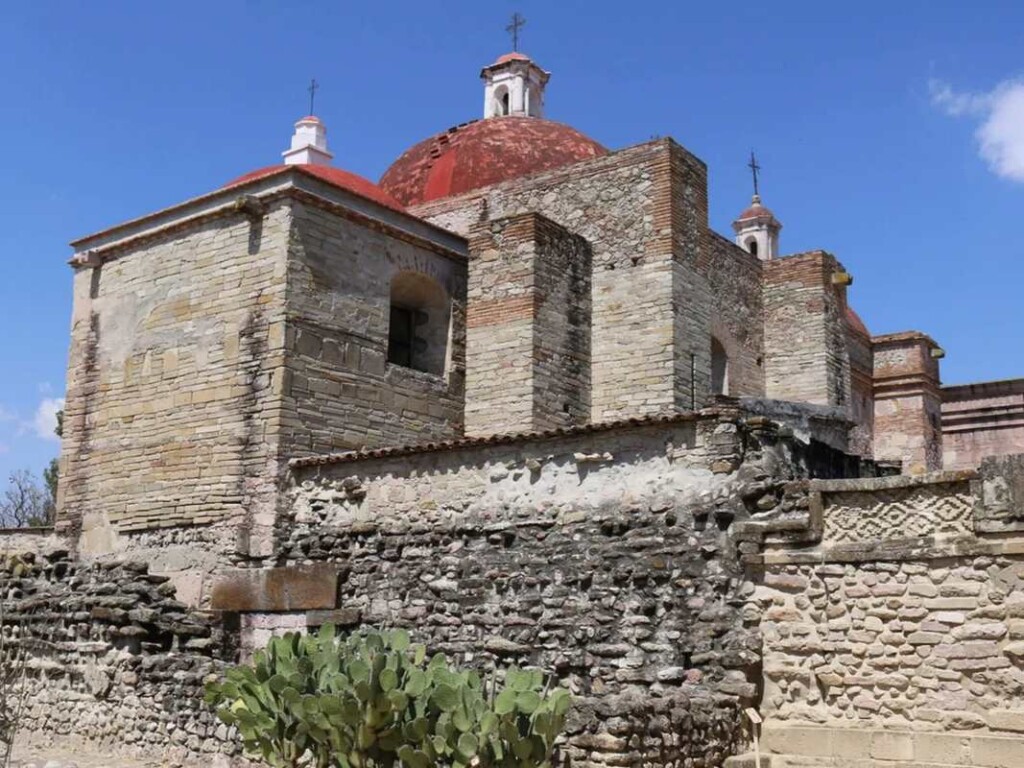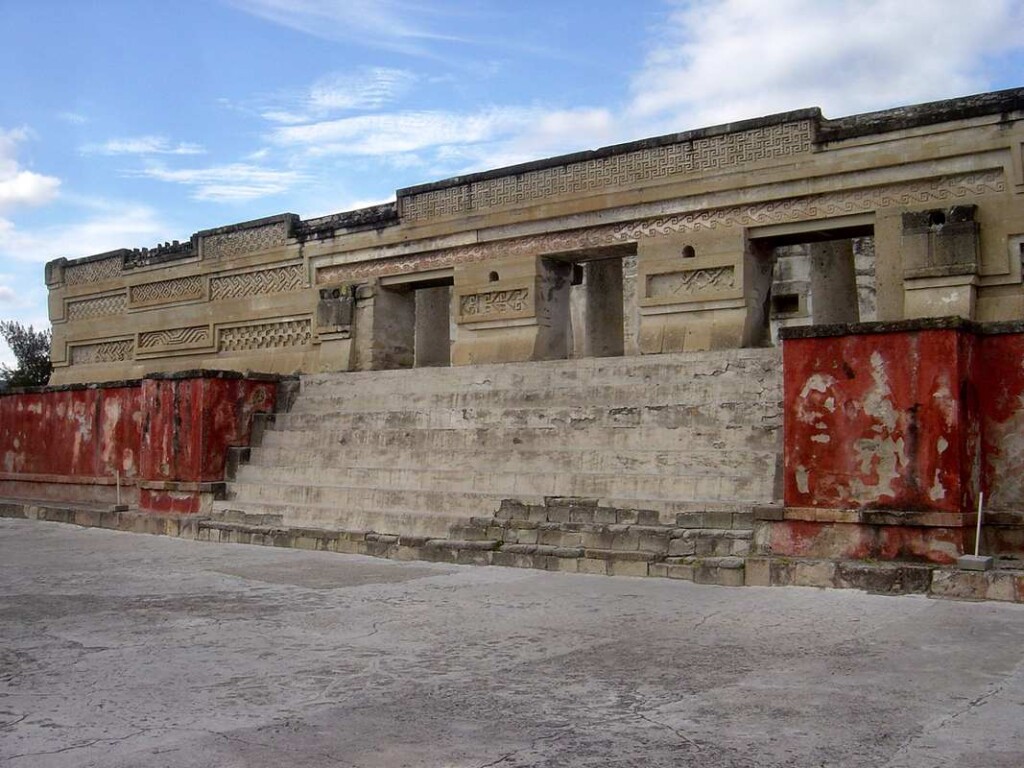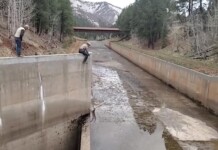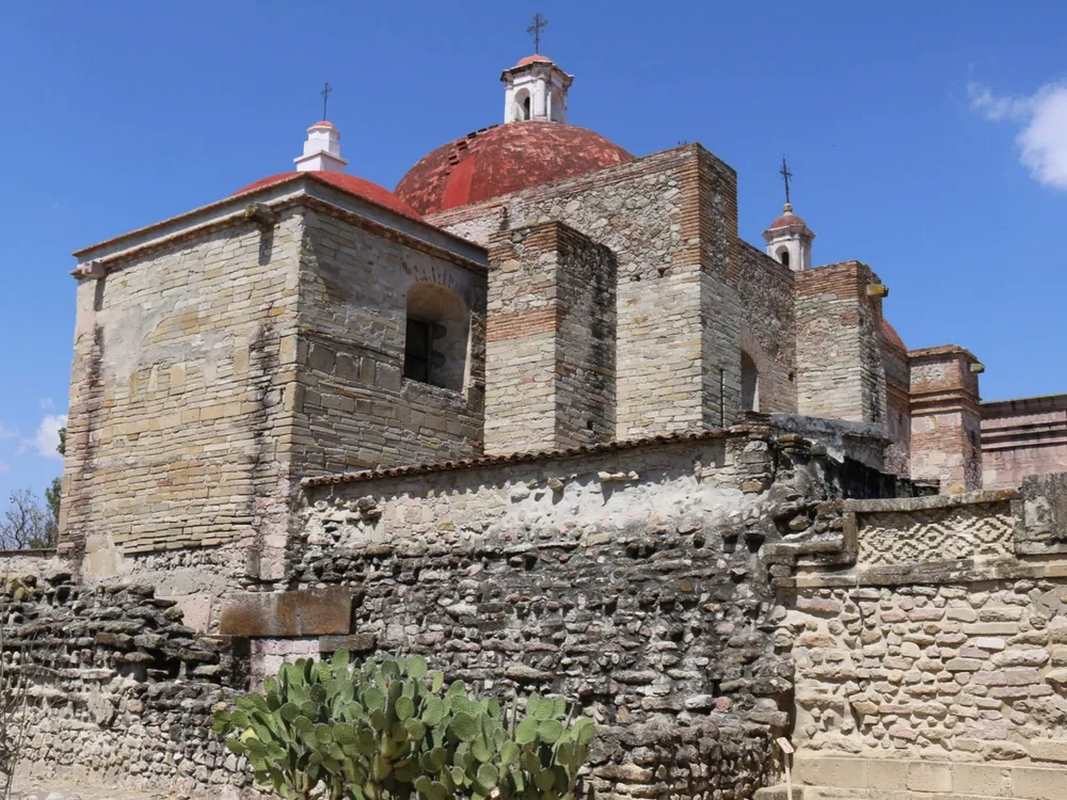
Is there anything in science more exciting than when an ancient legend is confirmed by modern research?
Archaeologists in Mexico were able to experience this exact triumph when they found evidence that a mythical underground city lies undisturbed beneath the altar of a church—exactly where a Spanish legend stated it would.
In the time of Babylon, there emerged from Mexico’s Oaxaca Valley a culture known as the Zapotec which could create monumental stone architecture, sophisticated crafts and artwork, as well as a written and spoken language that predated Mayan, Mixtec, and Aztec. They were among Mesoamerica’s first great civilizations, and existed longer than perhaps any other, from 700 BCE to the time of Spanish conquests when they were part of the Aztec Empire.
Legend has it that the Zapotec built a great labyrinthine city called “Lyobaa,” or “place of rest,” centered around a large cavity found in the earth which they believed was the gateway to the underworld.
Later, venturing Spanish missionaries were so repulsed and frightened to explore more than a few yards into the tunnel network that they “ordered [the] infernal gate to be thoroughly closed with masonry,” wrote a Dominican chronicler named Francisco Burgoa.
Now, a collaboration between the Mexican National Institute of History and Anthropology (INAH), the National Autonomous University of Mexico (UNAM), and the Association for Archaeological Research and Exploration called the “ARX Project Lyobaa” has discovered a “vast underground labyrinth” underneath the 15th-century Church of San Pablo, all but confirming the Zapotec legend.
The collaboration began at the archaeological site of the Zapotec city called Mitla, where murals, mosaics, and a monument stone palace are still seen above ground today.
The researchers created a 3D model of Mitla’s subterranean passageways using a combination of three geophysical scanning technologies—ground penetrating radar, electrical resistivity tomography, and seismic noise tomography—all of which left the archaeological site above undisturbed.
MORE MESOAMERICAN DISCOVERIES: Ancient Mayan City Hidden for Over 1,000 Years Discovered by LiDAR
The model shows a very large hollow void underneath the precise location of the altar inside the church that was built on the Mitla site. Additionally, the void appears to be connected with another significant geophysical anomaly located immediately to the north of the church.
“Burgoa’s account speaks of a vast subterranean temple consisting of four interconnected chambers, containing the tombs of the high priests and the kings of Teozapotlán,” reads a press release on the truly epic discovery.

“From the last subterranean chamber, a stone door led into a deep cavern extending thirty leagues below ground. This cavern was intersected by other passages like streets, its roof supported by pillars.”
The electrical tomography confirmed the existence of two passageways between 18 and 26 feet below the ground. They enter the void from the east. Their scanning also revealed what could be the barricaded entranceway Burgoa spoke of.
MORE ARCHAEOLOGY NEWS: 300 Epic Ancient Murals ‘Unique in the World’ Depict Creation Myths on Texas Rock: ‘Oldest Books in North America’
The size and scope of the passageways surprised the researchers, who conclude that more work is needed before we can truly comprehend what has been found.
“Additionally, the study has revealed evidence of an earlier construction stage of the Palace of the Columns, Mitla’s most important and best-preserved ancient monument, as well as several other geophysical anomalies that may be interpreted as tombs or buried archaeological structures,” the press release reads. “These findings will help rewrite the history of the origins of Mitla and its development as an ancient site.”
Further studies of this kind are already scheduled for this September, meaning that the true scope of the mythical Lyobaa could be illuminated before the year is out.
CELEBRATE This Incredible Story Of The Past Coming Alive On Social Media…





















Could they find – without disturbing the site above too much – a spot to open a doorway into the labyrinth?
If I had to guess, they will wait until after the second pass over with the tomography and radar equipment so as to understand as much as they can before. If Burgoa the monk’s accounts were true when he talked about the roof being supported by pillars, there’s no way of knowing right away how structurally sound the hollow chamber under the altar is. Certainly, I will be dying of anticipation until the day when they do.